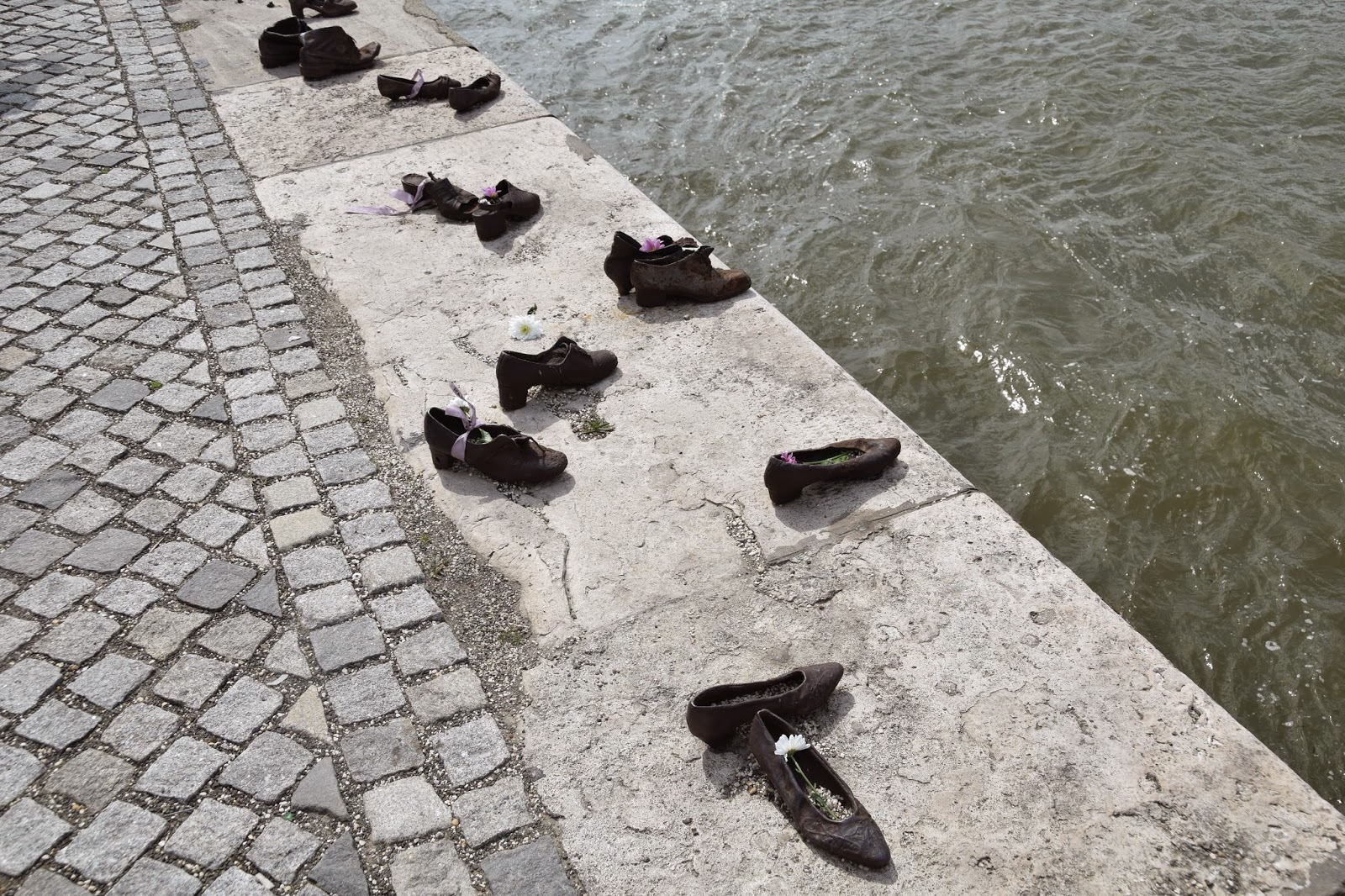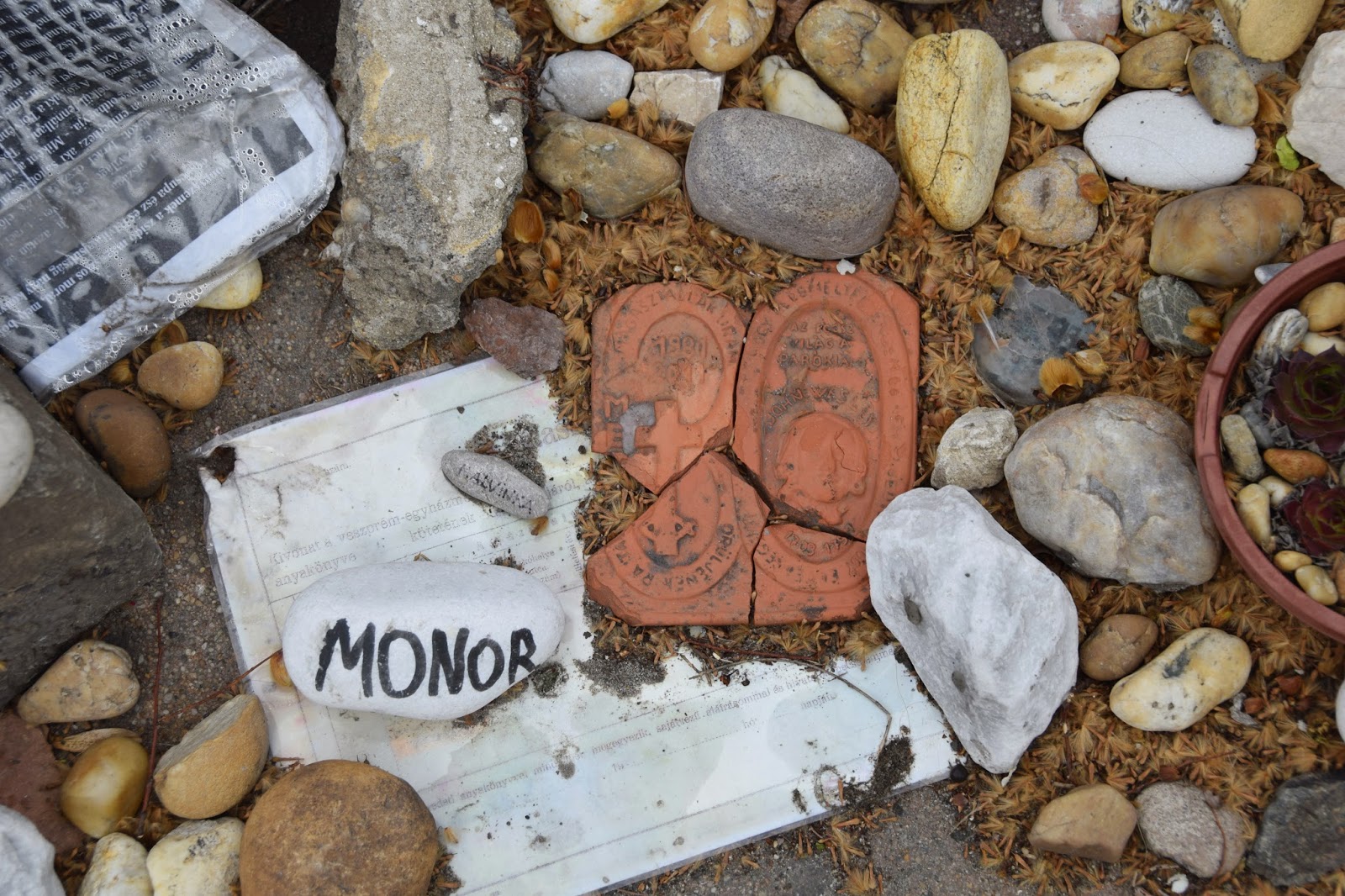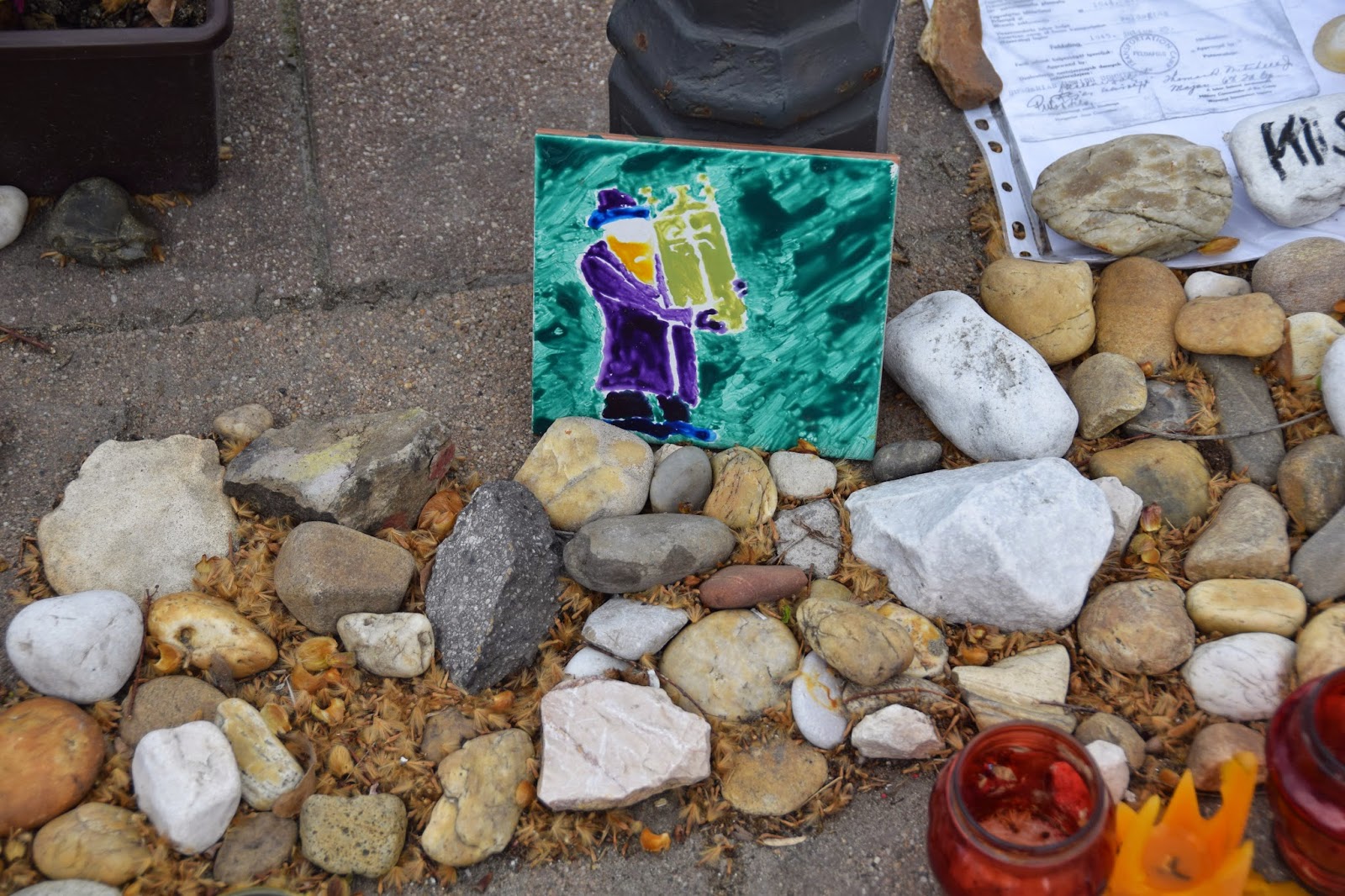Hungary's involvement with the Holocaust is complex and (in my experience) not well understood outside--as well as inside--Hungary itself. Hungary was unofficially allied with the Nazis in 1938, and in 1939 Jewish men of military age were forced to join the Hungarian Labor Service, where they were brutally treated as slaves by Fascist, Nazi-allied Hungarian military. In 1941, Hungary became a formal ally of Nazi Germany. In 1944, Miklos Horty, the leader of Hungary, tried to negotiate a separate peace with the British and American Allies. At this point, Germany occupied Hungary and forced Horthy to abdicate in favor of the fascist Dome Szalasi, Szalasi immediately legalized the anti-Semitic Arrow Cross Party, who were responsible for the movement of Hungarian Jews into ghettos and for their murders. Adolph Eichman arrived in Budapest in March 1944 and helped the Arrow Cross more efficiently take care of their "Jew problem." The Budapest ghettos were liberated in January 1945 by the Soviets and those in concentration camps were in the spring of 1945 by Allied Forces. Budapest Jews, who had been relatively safe until near the end of the war, felt the full effects of the Holocaust during 1944 by the Hungarian Arrow Cross movement and Adolph Eichman. Approximately 80,000 Jews were killed directly by the Arrow Cross and the Nazis, and thousands more died in the ghettos of disease or starvation.
What I have offered in the preceding paragraph is one version of the history of Hungary and the Holocaust. My version is pretty basic, gleaned mainly from the internet. Like many other people, I really didn't know much about Hungary in World War II until I came to Budapest. Histories are meant to be faithful to the facts, insofar as they are known. But as a student of narrative, I know that all histories are also constructions that are put together within the context of particular sets of ideological commitments. The complications of narrating Hungary's role in the Holocaust have been much in the news recently, and were dramatized vividly for me in two memorials Tony and I visited this week.
The first memorial, which is called "Shoes on the Danube Bank," was installed in 2004 to mark the 60th anniversary of the Holocaust in Hungary. It is a line of bronze shoes that records a series of executions conducted on the Pest side of the Danube River, The memorial, conceived by the film director Can Togay and created by the sculptor Gyula Pauer, marks the occasion when the Arrow Cross made Jewish men, women and children take off their shoes before being shot such that their bodies fell into the water and were carried down the river. It is, for me, and for most people who write or talk about it, an incredibly moving and poignant memorial.
The second memorial, which we saw directly after, is in Szabadsag (Liberty) ter, a large square with many government buildings, including the American Embassy. This memorial consists of two parts: a sculpture that was installed by the Hungarian government in 2014 to mark the 70th anniversary of the "invasion of Hungary by Germany" and a response by many people who find the sculpture both historically inaccurate and offensive.
The sculpture was designed by Peter Parkyani Raab,who explains that the ferocious eagle is a symbol of Germany and the archangel Gabriel is a symbol of Hungary. Part of the memorial is translated into in three languages (English, Hebrew, and Russian) "In Memory of the Victims."
This memorial has stirred up a great deal of controversy. In response, many have claimed that Hungary was not a "victim" in the sense that the Hungarian Jews were, and that Hungarians were complicit in the murder of Jews during World War II. For a more thorough analysis of the memorial by historians as well as politicians, see this article in the Budapest Telegraph.
In order to talk back to the official memorial, protestors have created what they call a "Living Memorial." In this memorial, murdered Jews are represented not just as "victims," but as specific once-living people.
These two memorials, the official one and the response, show that Hungary's collective memory of World War II and the Holocaust is still fraught and perhaps inadequately examined. It also shows how difficult historical narrative can be--told about the past but from the perspective of the present. On a related note, there has been controversy about the famous Terror Museum in Budapest, because it presents the Holocaust and Hungary under Communism as a continuum, rather than two separate acts of terror, with separate motivations and consequences.
Budapest is a city alive with history: it wears its past on its streets, in the mixture of buildings--post World War I, World War II, and Communism. It has more commemorative plaques and statues than any city I have visited. But as vivid as the history is, it is also opaque--as these various memorials demonstrate.
#Budapest #Hungary #Holocaust #Memorial














That was a very moving blog post. This week marks 70 years since the liberation of Bergen-Belsen Concentration Camp and our TV has shown repeated film footage of those times. Sometimes, after so many years, the understanding that these were real people who suffered in the most horrific ways is lost and the bronze footwear you have shown us, as well as the black and white photographs coupled with the films I have referred to, move and emphasise to us the enormity of the crimes committed. Thank you for sharing.
ReplyDeleteThank you for your comment Caree. It is easy to love all the beauty of this city, but I am glad that there are places where I am reminded of the other parts of its history (especially now).
ReplyDelete